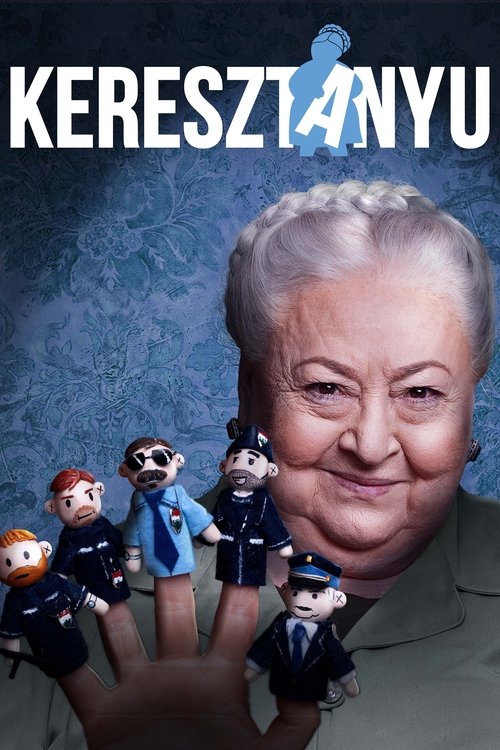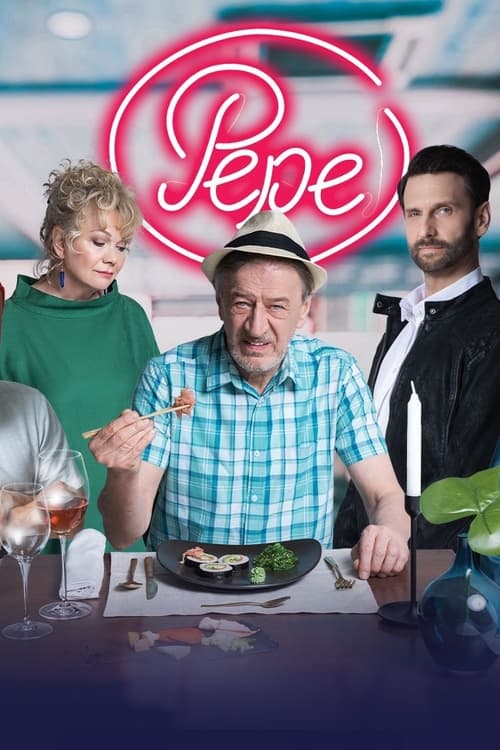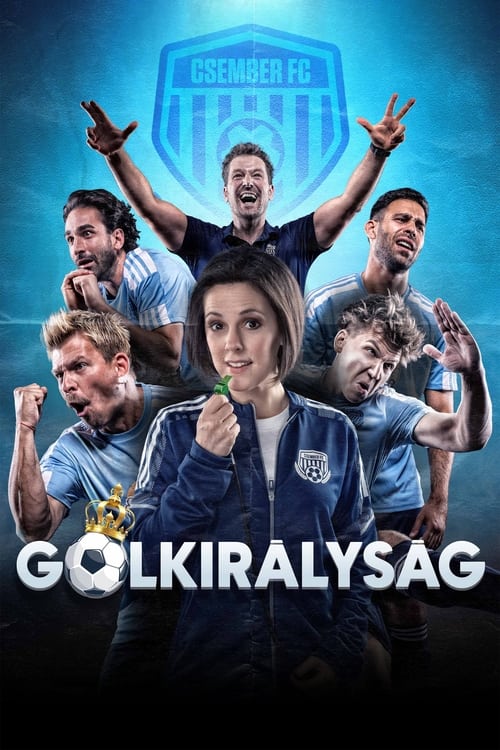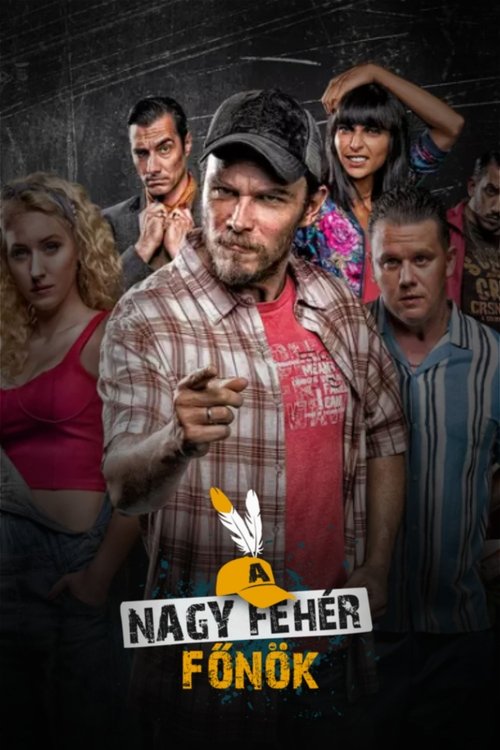
Ask Your Own Question
What is the plot?
In the bustling city of Budapest, the story begins with a vibrant culinary competition where chefs from various backgrounds gather to showcase their skills. The main character, a passionate and ambitious chef named András, is introduced as he prepares his signature dish, a complex fusion of traditional Hungarian flavors with modern techniques. His determination to win the competition is fueled by his desire to prove himself after a series of setbacks in his career.
As the competition progresses, András faces off against several talented chefs, including his former mentor, who has a reputation for being ruthless. Tensions rise as the chefs are challenged to create dishes under time constraints, leading to moments of panic and creativity. András struggles with self-doubt but finds motivation in the support of his close friend and sous-chef, László, who encourages him to stay true to his culinary vision.
In a pivotal moment, András is tasked with preparing a dish that represents his heritage. He decides to incorporate a family recipe that has been passed down through generations. This decision is met with skepticism from the judges, who question whether he can elevate a traditional dish to meet modern standards. András feels the weight of expectations but is determined to honor his family's legacy.
As the competition heats up, András discovers that one of the contestants, a young chef named Eszter, has been sabotaging his efforts. She discreetly alters his ingredients and tries to undermine his confidence. When András realizes what is happening, he confronts Eszter, leading to a heated exchange where she reveals her own insecurities and the pressure she feels to succeed. This confrontation forces András to reflect on his own motivations and the competitive nature of the culinary world.
The climax of the competition arrives with the final challenge, where the chefs must create a three-course meal that showcases their culinary journey. András decides to take a risk by combining elements from his family recipe with innovative techniques he learned from his mentor. As he works frantically in the kitchen, he experiences a moment of clarity, channeling his emotions into his cooking.
During the final presentation, András serves his dishes with a heartfelt explanation of their significance. The judges are impressed by his ability to blend tradition with modernity, and the emotional weight of his story resonates with them. However, the competition takes an unexpected turn when the judges reveal that they will be eliminating one chef based on their overall performance throughout the competition.
In a shocking twist, Eszter is eliminated, leaving András conflicted about his victory. He realizes that the competition has not only tested his culinary skills but also his character. As the show concludes, András reflects on the friendships he has formed and the lessons he has learned about resilience and authenticity in the culinary world. The final scene shows him walking away from the competition, ready to embrace new opportunities while staying true to his roots.
What is the ending?
In the ending of "A Séf meg a többiek," the main characters face the culmination of their personal and professional struggles. The chef, who has been on a journey of self-discovery and redemption, finally confronts his past mistakes and seeks forgiveness from those he has wronged. The restaurant, which has been a symbol of both hope and conflict, is saved from closure, and the team comes together to celebrate their achievements. Each character finds a sense of closure, with some embarking on new paths while others reaffirm their commitment to their shared dreams.
As the final scenes unfold, the chef stands in the kitchen, surrounded by his team, reflecting on the journey they have taken together. The atmosphere is filled with a mix of joy and bittersweet nostalgia as they prepare for a grand reopening. The camera captures the vibrant colors of the dishes being plated, the sounds of laughter and camaraderie echoing through the restaurant, and the warmth of the kitchen that has become a second home for them all.
In the final act of "A Séf meg a többiek," the tension reaches its peak as the characters confront their individual arcs. The scene opens in the bustling kitchen of the restaurant, where the chef, visibly worn yet determined, stands at the helm. The air is thick with the aroma of spices and the sound of sizzling pans, a stark contrast to the emotional turmoil he has faced throughout the series.
As the clock ticks down to the grand reopening, the chef gathers his team for a final pep talk. His voice, though steady, carries the weight of his past failures. He acknowledges the mistakes he has made, particularly the way he has treated his staff and the impact of his ambition on their lives. The camera pans across the faces of his team, each reflecting a mix of hope and skepticism. They have invested their hearts into this restaurant, and the stakes have never been higher.
The scene shifts to the dining area, where the restaurant is being prepared for the influx of guests. The decor is vibrant, filled with fresh flowers and elegant table settings. The anticipation is palpable as the team works in unison, their movements synchronized like a well-rehearsed dance. The chef watches them, a sense of pride swelling within him as he realizes how far they have come together.
As the doors open, the first guests arrive, and the atmosphere transforms into one of excitement and nervous energy. The chef takes a deep breath, stepping into the dining area to greet the patrons. His heart races, not just from the pressure of the moment but from the realization that this is a chance for redemption. He exchanges smiles with his team, who are now fully invested in the success of the evening.
Throughout the night, the kitchen buzzes with activity. Each dish that leaves the pass is a testament to their hard work and dedication. The camera captures the joy on the guests' faces as they savor the food, a reflection of the chef's growth and the team's collective effort. In a pivotal moment, a former critic, who had previously panned the restaurant, takes a bite and is visibly impressed. This moment serves as a turning point, validating the chef's journey and the team's resilience.
As the evening winds down, the restaurant is filled with laughter and applause. The chef gathers his team once more, this time in a moment of celebration. They share stories of their struggles and triumphs, each character revealing their personal growth. The sous-chef, who had once doubted his abilities, now stands tall, ready to take on more responsibility. The pastry chef, who had been hesitant to express her creativity, presents a stunning dessert that receives rave reviews.
In the final scene, the chef stands alone in the kitchen, reflecting on the journey. He looks around at the space that has been transformed not just by the food but by the relationships forged within its walls. The camera lingers on his face, capturing a mix of relief and hope. He knows that while challenges lie ahead, he is no longer alone in facing them. The screen fades to black, leaving the audience with a sense of closure and the promise of new beginnings for each character.
In the aftermath, the fate of each main character is revealed: the chef embraces his role as a mentor, guiding his team with newfound humility; the sous-chef steps into a leadership position, ready to innovate; the pastry chef finds her voice and begins to explore her culinary dreams; and the front-of-house manager, who had struggled with self-doubt, gains confidence and takes charge of the dining experience. Together, they have not only saved the restaurant but have also forged a family, united by their shared passion for food and their commitment to one another.
Is there a post-credit scene?
In the 2022 series "A Séf meg a többiek," there is indeed a post-credit scene that adds a humorous twist to the overall narrative.
As the credits roll, the scene opens in the bustling kitchen of the restaurant where the main characters work. The camera pans over the chaotic environment, with pots clanging and chefs shouting orders. Suddenly, the focus shifts to the head chef, who is seen meticulously plating a dish. He is intensely focused, his brow furrowed in concentration, as he carefully arranges the garnishes.
Just as he finishes, a sous-chef rushes in, clearly flustered. He accidentally bumps into the head chef, causing the beautifully plated dish to topple over. The head chef's expression shifts from concentration to disbelief, and then to a slow burn of frustration. The sous-chef stammers an apology, but before he can finish, the head chef dramatically throws his hands up in exasperation, leading to a comedic moment where he accidentally flings a handful of herbs into the air.
The scene ends with the herbs floating down like confetti, and the head chef, now resigned, lets out a deep sigh while the sous-chef sheepishly grins. This light-hearted moment encapsulates the show's blend of culinary passion and the chaos of kitchen life, leaving viewers with a chuckle as the screen fades to black.
How does the relationship between the main character and their mentor evolve throughout the series?
Initially, the relationship between the main character and their mentor is strained, as the mentor is tough and demanding, pushing the chef to their limits. However, as the series progresses, the mentor begins to recognize the chef's potential and offers guidance that helps them grow, leading to a deeper bond built on mutual respect and understanding.
What challenges does the main character face in the kitchen?
The main character, a passionate chef, faces numerous challenges in the kitchen, including intense competition from fellow chefs, the pressure of meeting high culinary standards, and the struggle to maintain creativity under stress. These challenges are compounded by personal conflicts with a rival chef who constantly undermines their confidence.
What role does the restaurant's atmosphere play in the character dynamics?
The restaurant's atmosphere is vibrant yet chaotic, reflecting the high-stakes environment of the culinary world. This setting amplifies character dynamics, as tensions rise during busy service hours, leading to conflicts and alliances among the staff. The atmosphere also serves as a backdrop for personal revelations and emotional breakthroughs among the characters.
How does the main character's backstory influence their cooking style?
The main character's backstory, which includes a childhood spent in a family-run restaurant, deeply influences their cooking style. They incorporate traditional family recipes with modern techniques, showcasing a blend of nostalgia and innovation. This personal connection to their past drives their passion and commitment to excellence in the kitchen.
What pivotal moment leads to a turning point in the main character's career?
A pivotal moment occurs when the main character receives an unexpected opportunity to showcase their culinary skills at a prestigious food festival. This moment serves as a turning point, as they must confront their insecurities and rise to the occasion, ultimately leading to recognition and a chance to redefine their career in the culinary world.
Is this family friendly?
"A Séf meg a többiek," produced in 2022, is a family-friendly show that primarily focuses on the themes of cooking, family dynamics, and personal growth. However, there are a few aspects that might be considered objectionable or upsetting for children or sensitive viewers:
-
Competitive Tension: The show features cooking competitions that can create high-stress situations. Some scenes may depict intense rivalries or emotional breakdowns among contestants, which could be unsettling for younger viewers.
-
Personal Conflicts: Characters often face personal challenges and conflicts that may lead to arguments or emotional confrontations. These moments, while integral to character development, might be intense for some audiences.
-
Food Waste: There are instances where food is discarded or mishandled during competitions, which could be upsetting for viewers sensitive to issues of waste or hunger.
-
Mild Language: While the show is generally appropriate, there may be occasional mild language or expressions of frustration that could be deemed unsuitable for very young children.
Overall, while the show is designed to be entertaining for a broad audience, parents may want to preview certain episodes to gauge their suitability for younger viewers.
































